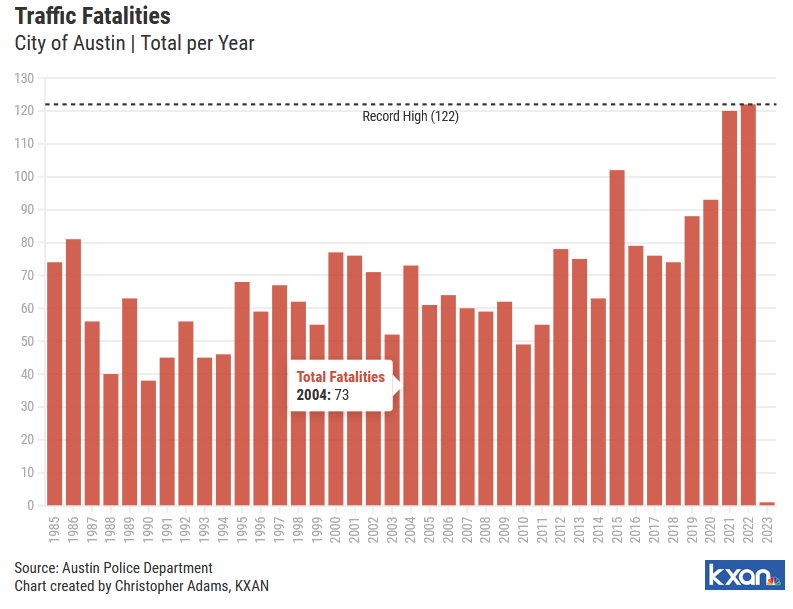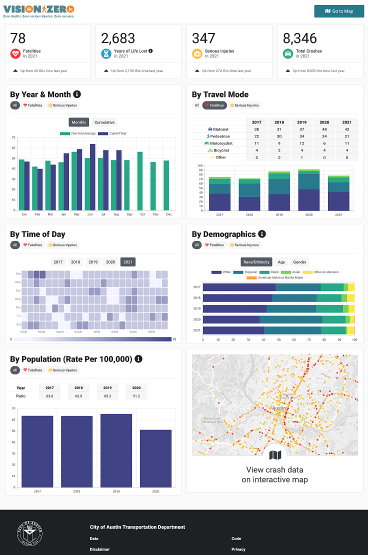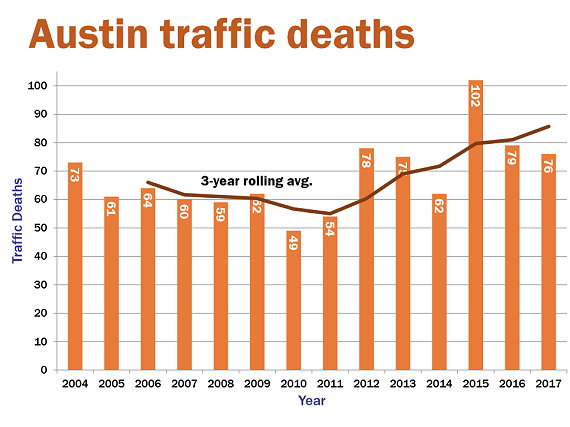One summer a few years ago, I was biking home from the pool. My roommate and I were throwing a housewarming party that night, and I had gone for a swim before coming home to help set up. About halfway home, I was stopped at an intersection when the light changed to green. I started to pedal across when a driver turned into me.
I felt a bump on my leg and then landed face first into the pavement. My glasses shattered on impact. The next thing I remember, I was sitting on the curb a few feet away while the driver kept saying “I’m so, so sorry.” Someone looked at my face and told me I would probably need stitches. Apparently I was covered with blood.
When I got to the emergency room, I learned that despite all the bleeding, the gash on my forehead was relatively minor. The doctor chatted with me while stitching up my eyebrow, and told me that I was pretty fortunate.
A few hours later, my roommate came and picked me up. I arrived at our housewarming party two hours late with 8 stitches in my eyebrow and wearing a blood-soaked t-shirt. To be honest, I felt more than a little badass.
It wasn’t until a little later that I realized just how lucky I’d been. The driver who hit me was going about 10 or 15 miles an hour, as he was coming from a full stop and making a left turn. That was fast enough to knock me off my bike, but not fast enough to do any real damage.
A few weeks later, I bumped into an acquaintance at a friend’s house who had also just been hit by a car. Like me, he had no health insurance at the time, but unlike me his injuries were much, much worse. He had been in a hit-and-run, and the truck that ran him over had dragged him for a full block. His leg was broken in multiple places, his opposite arm had a few pins in it, and there were all kinds of other injuries he’d sustained. On top of all this, because the driver who hit him never stopped, he was on the hook for hundreds of thousands of dollars in hospital bills.
After our conversation, I no longer felt quite so badass. More than anything else, I felt scared. Had the driver who hit me been going any faster than he was, I could have been very seriously injured, or killed. Honestly, my experience was the best-case scenario for a cyclist or pedestrian getting hit by a car, and it still really sucked. When I realized this, I pretty much stopped riding my bike, and sold it soon afterwards.
This is why I feel so strongly that any effort to make Austin’s roads safer has to start with the speed cars travel when they’re sharing streets with cyclists and pedestrians. If a driver is going 20 mph, an unexpected collision with a pedestrian might result in injuries. At 40, it’s pretty much guaranteed that someone is going to die, and it will not be the driver. I can only imagine how fast the car that hit my friend had to be going that they could hit a cyclist, drag him for a block, and not even notice that something was off.
Austin has far too many streets where drivers are interacting with pedestrians and cyclists at 40 mph or faster. Austin also has far too many places that are totally inaccessible except by one of those streets. If we want to make this city a safer, more enjoyable place to live, we absolutely have to start with speed, and the road conditions which encourage it.




